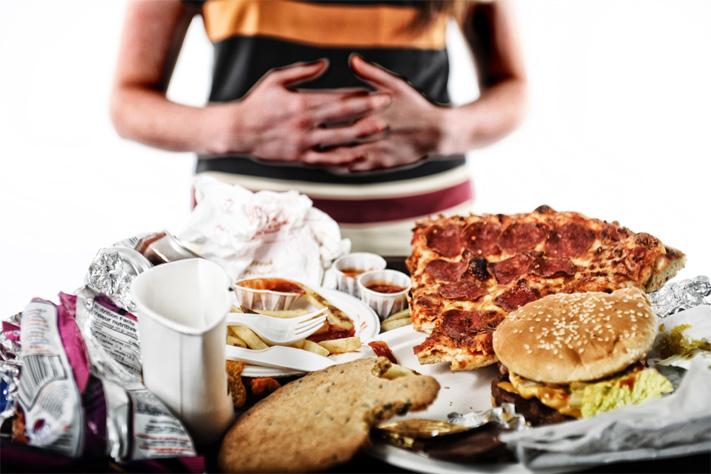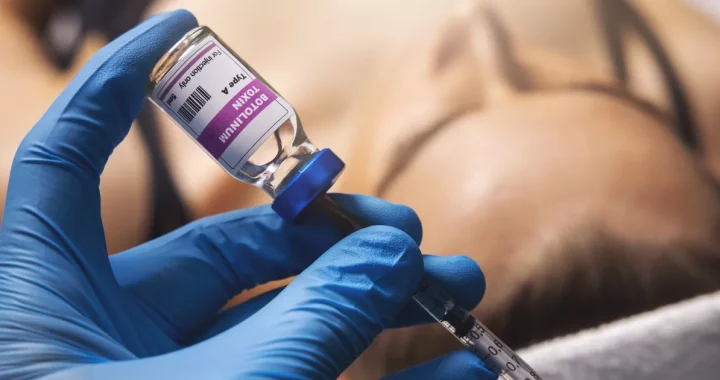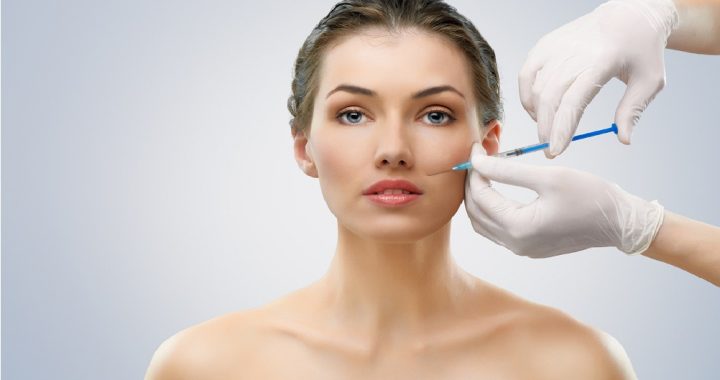5 dangerous and horrible teen health issues
5 min read
As a person grows older, he goes through various phases of his life, experiencing all the ups and downs, bittersweet moments. It’s normal and part of life. And one of the most critical aspects of human life is unquestionably health. Today I’ll be discussing health problems that, after a while, become a habit in adolescence.
Teenage years are critical in one’s life. It is said that throughout this phase, you either make or break yourself, and it all depends on how you see yourself and the world in which you live. Teenagers face a host of challenges as they transition from adolescence to adulthood. They have to go through hormonal changes, mental changes, body changes, and so much more, and as a result, they likely develop certain behaviors that can be fatal.
Previously, the adolescent period was not as dangerous as it is now. Be it online bullying and scams, sexual assault, alcoholism, substance abuse, or the rising incidence of suicide. These are the most prominent health concerns that have emerged in recent years, and several studies have been conducted to determine why this is the case and why teens are being subjected to such issues at this moment. It’s not that teens were never drug addicts, or that they were never sexually assaulted, or that there were never any confirmed suicides. No, it isn’t like that. Many of these issues existed at the time as well. But, as time and life progressed, so did health problems; still, we see these issues at an alarmingly high pace, making it difficult to understand why this is the case and what measures can be taken.
But, in this post, I’ll share the most dangerous and horrific teen health problems, so you can get a better understanding of the first.
- Excessive alcohol consumption by teenagers:

Alcohol consumption at a young age (12-18) can lead to a variety of health problems. It includes academic difficulties, struggles with frustration, heart disease, mental disturbance, and impulse control. A variety of studies have been conducted on the use of alcohol in adolescents, and the findings indicate that 40% of children between the ages of 12 and 18 are alcohol abusers, with the majority of these cases occurring in Australia, and children between the ages of 12 and 15 have consumed alcohol at least once during this period.
According to the CDC, more than 4,000 children die each year as a result of binge drinking, and there are 120,000 beds available for alcohol abusers aged 12 to 16. Children from such low age start drinking and this causes them to ruin their life easily. This is a very alarming situation.
For young people, alcohol is associated with several health issues:
- Toxic families.
- Drunk and driving lead to accidents.
- Unwanted sex
- Unsafe sex
- Criminal activities.
- Unhealthy eating habits:

Adolescents are the most common victims of eating disorders. When it comes to eating disorders, there are two types of teenagers: those who are very conscious of their body shape and try to skip or fast for days or smoke more cigarettes to lose weight quickly and easily. According to studies, half of girls and one-third of boys do this. They are concerned with their weight and are willing to put their well-being at risk to appear healthy, which they are not. On the other hand, some teenagers are the biggest consumers of calories, particularly calorie-dense foods like junk food. They regard eating fast food as a modern way of life, as it is cool for them to order food or go out to eat. This is very alarming and leads to a variety of health problems in adolescents that last their whole lives.
Several signs indicate unhealthy eating in teenagers.
- Extreme weight loss or gain
- Mood swings
- Conscious about their body shape
- Anxiety and depression
- Suicides in teenagers:
One of the most common causes of death among adolescents is suicide. Suicide rates have risen by 56% in the last five years and are continuing to rise. Loneliness, depression, and mental illness, past attempts at suicide, family problems, breakups, genetic loading, and many other factors all lead to suicide.
What we need to consider here is why this occurs, and why these causes have such an impact on a teen that he chooses to end his life. Along with treatment, you must speak with those teenagers and tell them how you feel about them; if you try to adjust your attitude about them, their actions will change as well.
- Bullying in teenagers:

Bullying in teens can take many forms, including verbal, emotional, physical, and online bullying, also known as cyber bullying. It is most common at the secondary school level. According to a preliminary estimate, one-third of all teens are intimidated by their peers. There are a variety of reasons why some students are more outspoken and vocal about bullying. It may be a matter of control or popularity at school. There are a variety of variables that play a role in this. Bullying can cause students to feel alone, despondent, and degraded. This will only result in their demise in the future. This can also lead to suicidal ideation.
- Sex talk, pregnancy and STDs:
You can find yourself in an uncomfortable situation if you primarily discuss sex with your children. It makes the situation awkward for both you and your kids, but it is what it is. Your children must understand the dangers of engaging in inappropriate sexual behaviour. Tell them about the practice of safe sex; it’s uncomfortable at first, but don’t be shy. Your shyness has the potential to destroy your child’s future. Talk to them about the diseases that are spread by sexual activity. Allow them to be conscious of the challenges they face in this situation.
Without a question, adolescence is critical. However, we can help them by directing them or just listening to them. Children are still in search of someone to speak to and open up to. We must take serious measures to protect them from such dangerous health problems.




